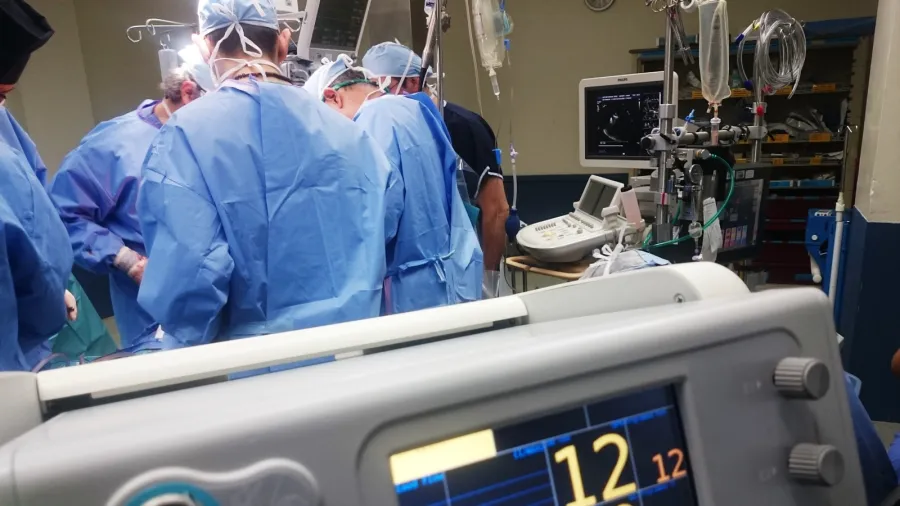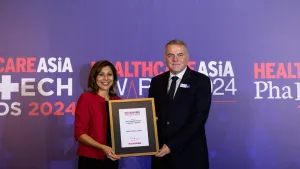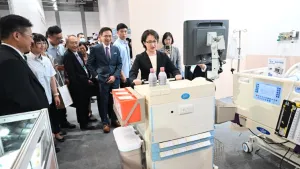
Ageing population, tech drive Japan’s medical device market
The country is already home to the highest senior population ratio in the world.
Japan’s medical device market is projected to grow by at least 5.5% each year through 2027 mainly driven by its propensity for advanced technologies and an ageing population, according to a report by Fitch Solutions.
Fitch estimated the market is set to expand at a compound annual growth rate of 5.5% in local Japanese yen terms and 5.8% in US dollars between 2022 and 2027, which could push the sector’s size to as high as JPY 4.1t (USD 35.7b) by 2027.
One of the key long-term growth drivers of the market is Japan’s elderly as its share of the total population is projected to surge to 37.5% by 2050 from less than 30% in 2020. Currently, the country is already home to the highest senior population ratio in the world.
Fitch said the increased demand for healthcare services from the growing elderly population for treatments for chronic illnesses and the like, will support the growth of the medical device market.
“Japan’s medical device market is (also) receptive to high-margin and innovative technologies, which will support uptake of modern devices. Increasing demand for healthcare services from the elderly combined with adoption of new technologies will be key growth drivers over our forecast period,” it added.
One factor affecting the sector’s growth, however, is the declining demand for COVID-related medical devices as seen in weak trades of such products.
“Other medical devices and orthopaedics and prosthetics were key import growth drivers in the three months to February 2023, which suggests a recovery in elective procedures that will likely accelerate in the coming months,” Fitch added.


















 Advertise
Advertise


